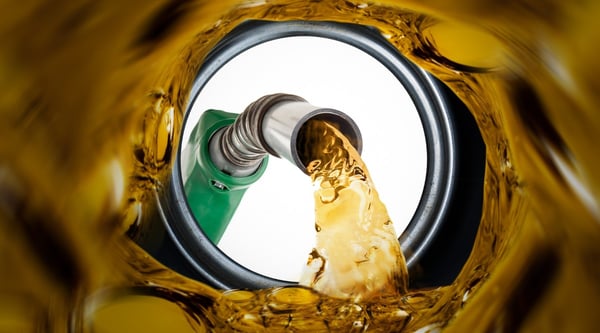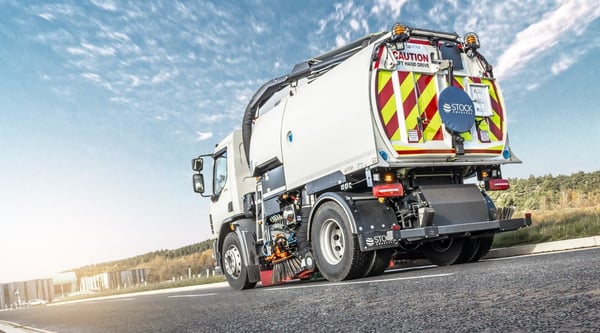Prema HVO provides rock-solid reliability. It does not have a use-by date – it remains stable in storage due to its lack of bio content, which means there’s next-to-no risk of it taking on water, suffering from microbial ‘bug’ attack or degradation.
Watch the walkthrough video:
Ready to speak with an expert?
Our HVO team are here to help.
Keep reading for the details
Coupled with the fuel’s exemplary starting performance thanks to its superior ignition quality, Prema HVO provides the peace-of-mind and confidence that it will be good-to-go when required – even if it has been sat in the tank for a long period of time. In fact, it has a shelf-life of up to ten years. Below we explain why it is so stable.
The problem with conventional diesel…
Conventional diesel typically contains 94% fossil diesel (made from crude oil) and 6% biodiesel, also known as FAME. FAME is made from a range of oils through a simple process called ‘transesterification’, where vegetable or other cooking oils are converted into methyl esters. This process produces a liquid that contains oxygen and is ‘hygroscopic’ – meaning it is prone to oxidation and taking on water.
Fossil diesel does not have this problem. It tends to shed water as a separate layer at the bottom of storage tanks. When FAME is added, as in conventional diesel, the water can contaminate the fuel, providing conditions suitable for microbial growth. This leads to ‘diesel bugs’, moulds, yeasts and bacteria, causing degradation and many other performance issues.
In other words, the stability and storage issues associated with conventional diesel are caused by-and-large by its FAME content. Conventional diesel can contain a maximum FAME content of 7% as per the EN590 diesel specification – hence the ‘B7’ on the forecourt pump.
HVO is entirely different...
Although HVO is produced from similar oils, it is fundamentally different to FAME. Instead of transesterification – which leads to issues explained above – HVO is manufactured from a complex refinery process called ‘hydrotreatment’.
In the hydrotreatment process, hydrogen is used to remove oxygen from the oil molecules and split them into three separate chains, thus creating molecules very similar to fossil diesel. The result is that HVO repels water far more effectively than diesel containing FAME, and even FAME-free diesel.
HVO is also impervious to bacterial attack. Unlike conventional diesel, Prema HVO is not prone to waxing in cold weather. Its cold-weather properties are excellent – it has a very low cold-filter plugging point (the temperature at which filters becomes clogged) and a similarly low cloud point (the temperature at which fuel turns from clear to cloudy due to wax precipitation). It does not have a ‘use-by date’ and can store well for up to ten years.
HVO’s superior stability is usually stated in Original Engine Manufacturer (OEM) approvals, as per the Perkins approval below. For further information on its stability properties, watch this video from DAF.
Advice when switching to HVO…
We are often asked if diesel tanks need to be cleaned prior to taking receipt of HVO, to prevent issues in storage. Essentially, HVO is fully interchangeable with diesel and can be topped into a customer’s diesel tank without cleaning.
However, cleaning the tank prior to using HVO nullifies the risk of issues in storage through responsible housekeeping and ensures the full benefits of HVO. HVO will not actively protect the tank from residual FAME content, which will rot in the same way as it would normally would in conventional diesel. Also, if HVO is added to a tank which already has diesel bug in it, there will still be a risk of contamination until the tank is fully turned and it contains only pure HVO.
In a clean environment, Prema HVO will be good-to-go whenever required, even if it has been sat in the tank for a long period of time.
More information…
More information from our supplier, Neste, on the stability, water content, microbial growth and cold properties of Prema HVO is provided below.
Take the next step














